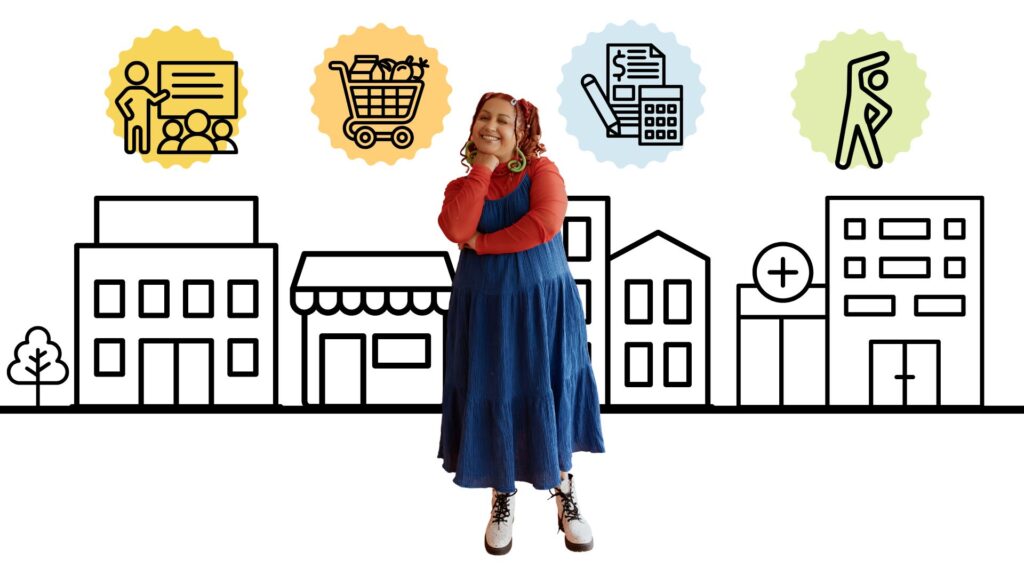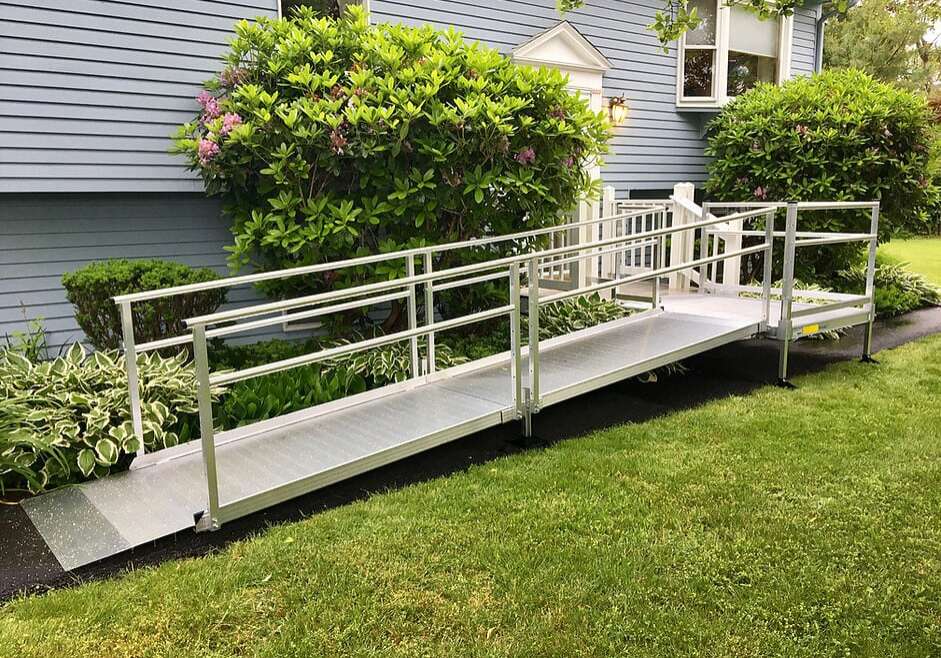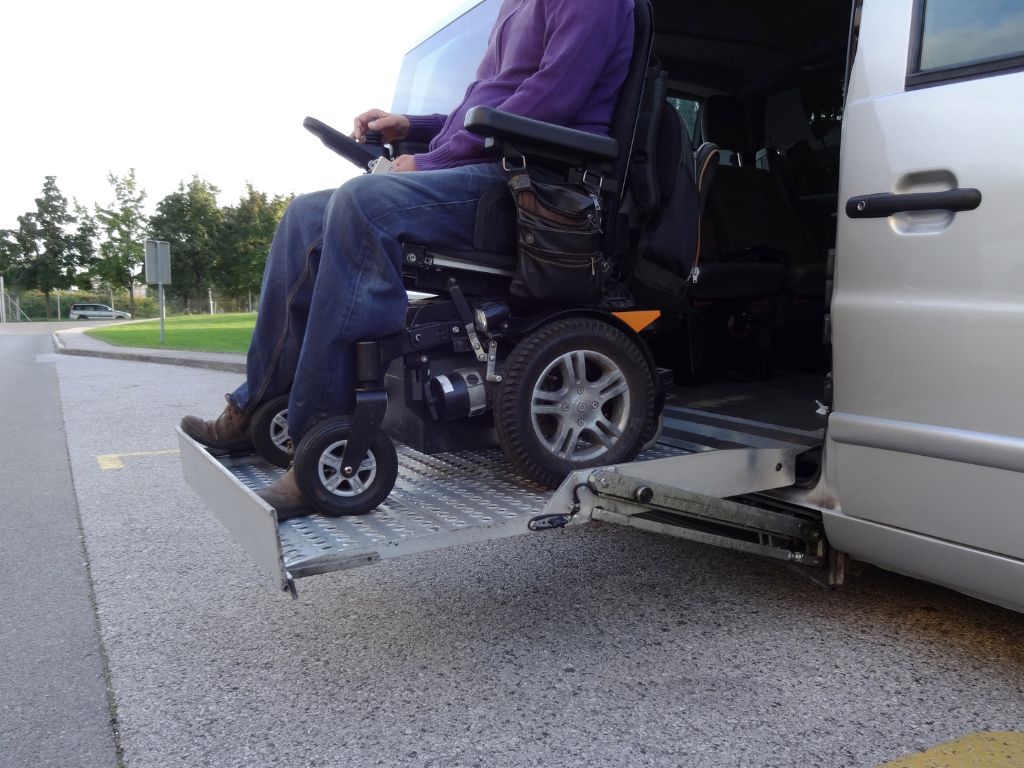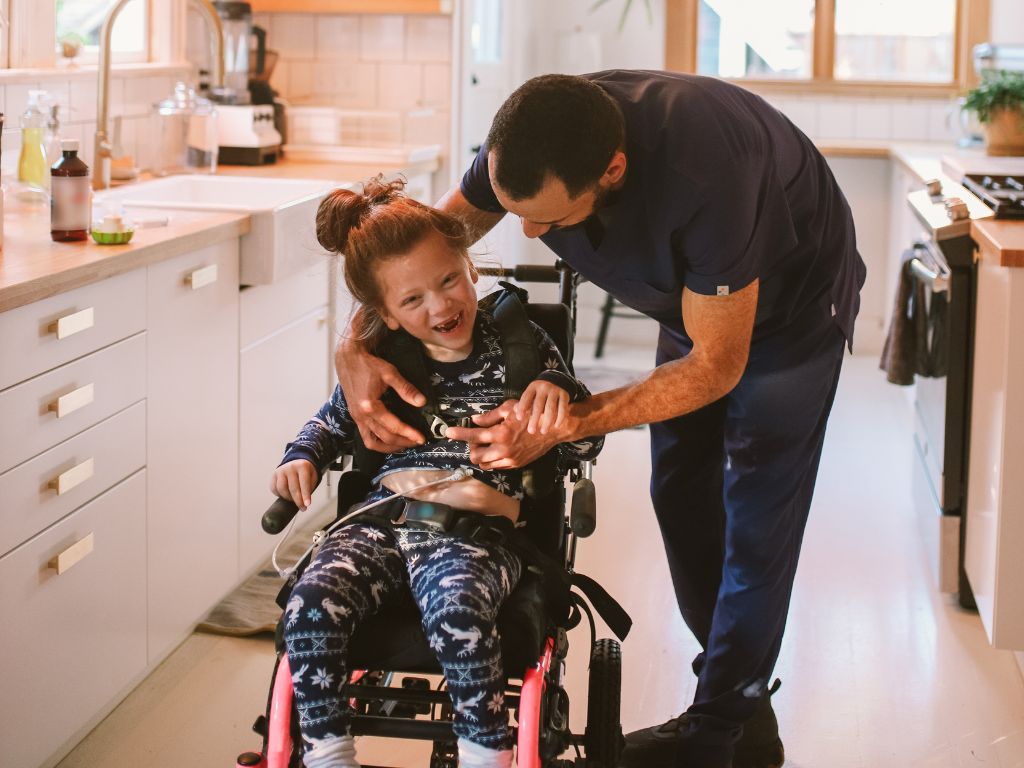There are some services that are only available if the individual has the OPWDD Home and Community Based Medicaid Waiver. Home and Community-Based Services (HCBS) give people with disabilities support to choose where they live and how they spend their time. These services promote independent living and aim to keep people out of institutional settings.

Services that are available through the waiver include:
- Care Management
- Community Habilitation
- Day Habilitation
- Residential Habilitation
- Self-Direction
- Employment services
- Respite
- Assistive Technology
- Environmental and Vehicle Modifications
Read more about each of these services below.
Care Management
Please see our article What is care management?
Community Habilitation
Community Habilitation is when you work with a staff person one to one to learn and keep skills that will allow you to live safely and independently in the community. You and your staff together will decide when and where to meet and will work together to achieve specific goals that are in your Life Plan.
Here are some examples of skills that a Community Habilitation staff person can help with:
- Getting dressed
- Cooking dinner
- Taking public transportation like the bus or train
- Picking an outfit for a job interview
- Using a cell phone
- Making new friends
A Community Habilitation staff person is also there to help you participate in social and community activities.
You can get Community Habilitation services no matter where you live. However, if you live in OPWDD certified housing such as a group home or IRA and you would like to receive Community Habilitation at home then you will need to show that you cannot participate in habilitation services outside of your home to due your age, health or other medical conditions. You may also need to show that you have other opportunities to participate in community activities and events.
For more information about Community Habilitation provided in OPWDD certified housing please see OPWDD’s webpage on Community Habilitation.
Some people may choose to receive services remotely. For example by working with staff over the phone or by video conferencing. If you choose to receive services remotely, you may need to work with your care manager and Community Habilitation staff to prove that the services happened.
Day Habilitation
Day Habilitation are services to help you explore your interests, talents, make friends and learn advocacy skills. Some people go to the same place for their Day Habilitation program. However, others can choose to attend a Day Habilitation Without Walls program which organizes activities in different places in the community.
Self-Direction
Self-Direction allows for people receiving OPWDD Medicaid waiver services to have more control and flexibility on how they receive their services and supports. Participants work with a broker and fiscal intermediary to create and manage an individualized budget that can be used pay for a variety of services.
Please visit our article, What is Self-Direction? for more information on how Self-Direction works and to find out if Self-Direction might be right for you.
Residential Habilitation
Residential Habilitation is for people who live in Individualized Residential Alternatives (IRA) or group homes. Residents work with staff on skills related to activities of daily living. Some examples include adaptive skill development, community involvement, money management, and personal care. The person works with their circle of support to come up with goals to work on.
For more information about IRAs please visit our page on OPWDD housing.
Supported Employment (SEMP)
Supported Employment services or SEMP are a group of services that can help you find and keep a job and help you achieve your professional goals. OPWDD requires that SEMP services are used to help find you a job that is competitive, integrated, and pays at or above the minimum wage. The word integrated means the employment cannot be at a place that only hires people with disabilities. SEMP can be provided in-person or remotely.

You work with a staff person one on one to prepare you for a job that’s right for you.
The staff member that you work with may also talk to your family, friends, and care manager or others that you trust to discuss challenges you are having at work or may help you speak up for yourself if you are having an issue with your job or employer.
Here are some examples of services that are available through SEMP
- Vocational assessment: Testing to figure out what jobs may be a good fit for you based on your skills and interests.
- Job development and customization: This is when a SEMP provider works with a prospective employer to create a new job position your behalf.
- Job coaching or training: You can work one-on-one with a staff person when starting a new job to learn job tasks and how to act and communicate with co-workers and supervisors in a professional and respectful manner so that you can keep your job.
- Transportation: Helping you learn how to travel to your place of work. Whether that is through public transportation such as a bus or a train or traveling by car.
Assistive Technology
Assistive Technology are devices, equipment or items that help people with disabilities live independently and/or help with activities of daily living. You can get help picking the best device or equipment to meet your needs and can get training on how to use it.
On the left hand side of the page, there is a list of items that may be covered as Assistive Technology as a Medicaid Waiver Service.
On the right hand side of the page, there is a list of items that are excluded or are not covered as assistive technology.
Environmental and Vehicle Modifications
Environmental Modifications, also known as e-mods, are changes that can be made to your home to make it more accessible and safe so you can live as independently as possible.
Examples of changes to your home that may make it more accessible would be if you use a wheelchair or scooter you can have a ramp added to outside of your front door or a roll-in shower added to your bathroom.

Wheelchair ramps are a type of environmental modification that can promote independence
E-mods can also be used to promote safety for people who have challenging behaviors that could put themselves and others in danger. Examples of modifications that are used for safety are window protections, reinforcement of walls, and durable wall finishes.
Vehicle Modifications, also known as v-mods, are similar to Environmental modifications except that they are changes that can be made to a car or vehicle to make it more accessible to an individual with a disability.
For example. Wheelchair users can get a lift to assist them with getting into and out of a vehicle and equipment to help the wheelchair stay in place while the vehicle is moving.

Vehicle modifications allow people with disabilities to go places without only relying on public transportation
To access Environmental or Vehicle modifications through OPWDD, speak to your care manager or contact the IDDO helpline at 1-800-762-9290. You can also request to speak to one of our staff by completing the form on the Get Help page.



